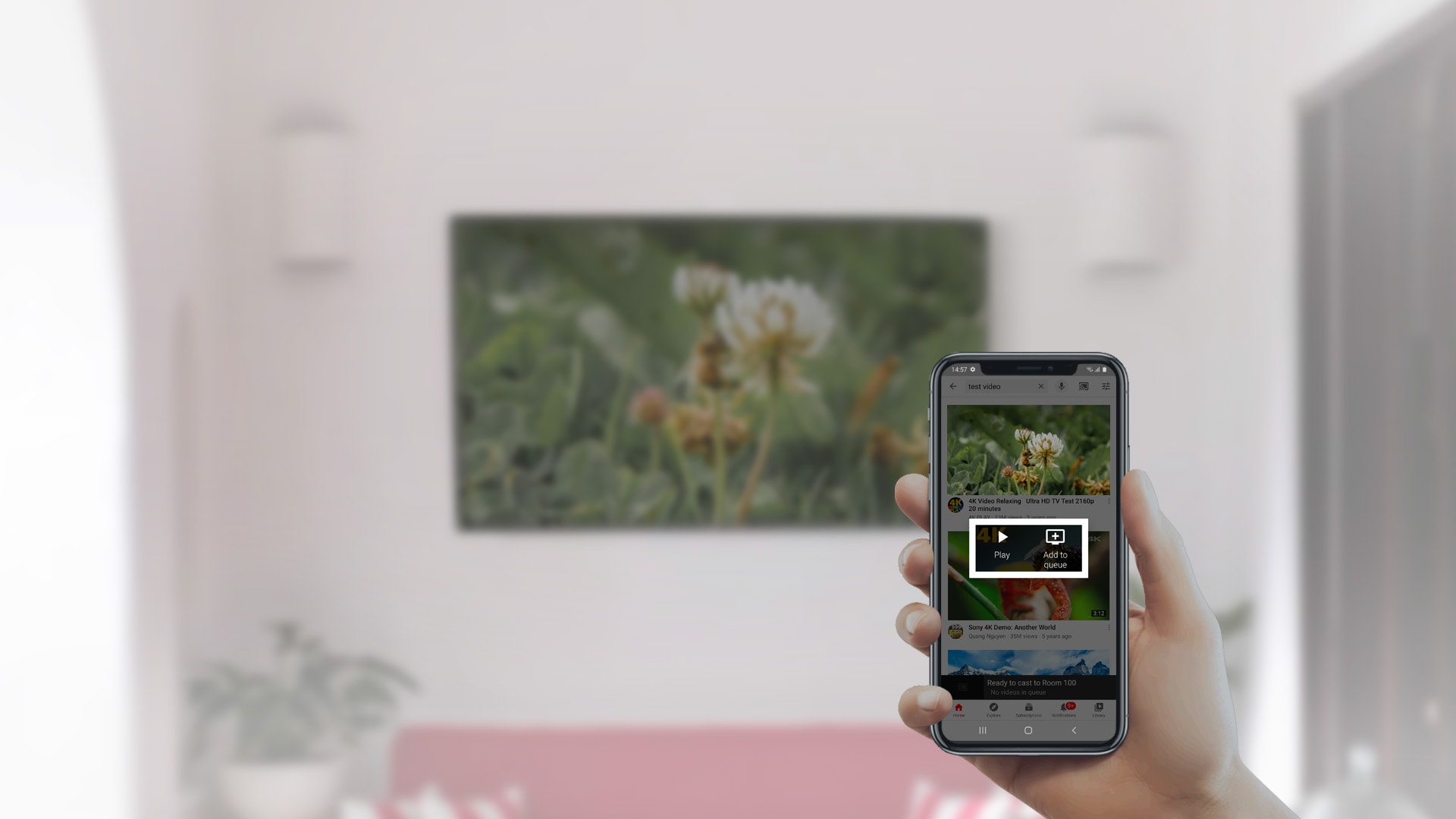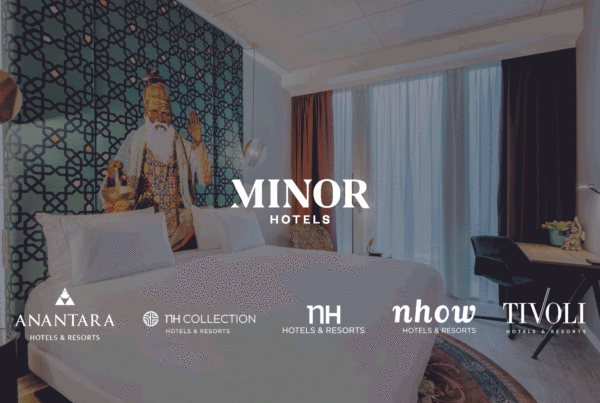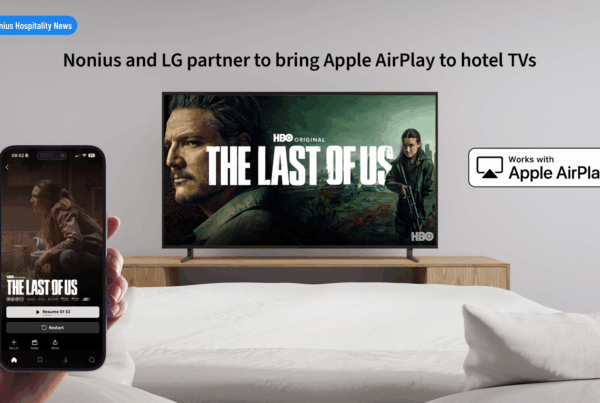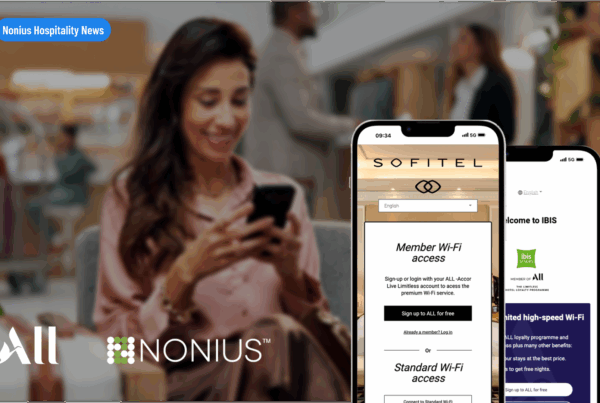How to strike a balance between frictionless experience and high value content for the guest
An essay analysing how guests can get their desired content and a frictionless experience.
In this article we share insights about the challenges of implementing solutions with great content value without adding friction to the guest experience. Nonius’ product management team has been studying integration scenarios that clients present to Nonius and in this White paper we summarize their findings.
We will present our view on:
- how we classify the integration scenarios in terms of friction;
- how guests value the content available in each scenario.
The diagram below characterizes what Nonius calls the “Guest Experience Quadrant”, which is shaped by the feedback from our client base and our internal resources. As opinions in the large hospitality community can vary on how things should be classified and prioritized in terms of the guest experience, we welcome any feedback you may have (please send it to [email protected]).
This chart summarizes the results of our study and how friction and content value varies with the type of integration that it is used. Note that all integration scenarios are supported by Nonius, can coexist and are actually in production in our clients. The scenarios cover from mature integration scenarios to the more recent integrations using Chromecast, privileging the guest’s own content.
So, let’s describe each one of these integration scenarios and for each inform you on the rationale we used to classify them in terms of content value and friction and this way explains to you why they get their position in the quadrant above.
1. Chromecast Wi-Fi Portal & PMS pairing
In this scenario, pairing between the guest device and Chromecast is done by the Wi-Fi Portal. There is no added friction to have the casting functionality, assuming that the guest Wi-Fi already uses Room# and Last Name authentication.
The guest’s device MAC addresses are collected at the time of the Wi-Fi login, and the guest does not have to do anything else. It is completely seamless… the guest just clicks on the casting button and that’s it. The casting button can be seen in this image:
Note that there is no need to have an IPTV system installed. The site just needs sufficient Wi-Fi coverage and a network appliance (a Cast Controller) that is able to control and “tunnel” the traffic between the user device and the Chromecast in the room. The content corresponds to the guest’s own choice for apps like Netflix, Youtube, Spotify, etc or guest produced content like Google Photos. This is the content that guests use at home and that they actually value to the point that they pay for the subscription of such content.
2. Chromecast QR Code pairing
The pairing between the guest device and Chromecast is done using a QR-Code pairing. The guest shall use its mobile device to read the QR-Code that is shown on TV.
Friction is higher than in scenario 1. This scenario is used when it is not possible to collect the MAC addresses from the Wi-Fi portal and there is an IPTV system available to display the QR Codes. The QR Codes can also be printed and handed over to the guest but that requires extra staff time to support the solution and we do not consider that option for this study. The value of the content is the same as in scenario 1.
3. Chromecast URL // pairing
Pairing between guest device and Chromecast is done by typing a link URL (e.g. http://cast/abcd) in the browser.
This is equivalent to the QR-code scenario but resolves the problem of the user not having a QR-Code reader or not being able to operate the reader. Friction is higher than scenarios 1 and 2 because typing URLs in a mobile phone browser is far from being frictionless.
Note that the URL contains a code (in the example “abcd”) that is a hash code of the room number and guarantees that the guest will not pair to a neighboring room. The value of the content is the same as in 1 and 2.
4. Chromecast Built-in
In this scenario, the guest must login directly on the TV apps before it has access to the casting (e.g. Netflix). Friction is high and the client may even fear for security when filling in credentials on TV. We are not classifying the friction even higher because this scenario allows the guest to control the TV using an ordinary IR remote control, an option that is not available on 1, 2 and 3. The value of the content is lower than when using Chromecast because the Smart Hotel TVs have fewer apps available than the apps that can be available on guest devices.
5. TV Native Apps
In this scenario, the guests must log in directly on the TV apps using IR remote control. Most of the guests will like the idea that they can still use an IR remote. The remote is great for basic navigation but not to type credentials on a TV app. No one wants the friction added by typing a password on a hotel room TV.
So, Friction is high and the guest may even be concerned about security when entering user credentials on TV. With a comprehensive integration with PMS the credentials can be kept during the stay of the guest but that is not bulletproof so, most system integrators do a cleanup of credentials every 24h just to be safe. Some of the Apps can also be controlled by the mobile device e.g. the YouTube app on the phone can control the YouTube app on TV after a pairing with a code. After pairing the TV apps, the TV behaves similarly to a chromecast receiver.
Note: In this study, when we mention apps, we are essentially talking about music and video apps, with paid content or content that guests subscribe to (Netflix, Spotify, YouTube, etc.).
6. Bluetooth Audio sync
In this scenario, Pairing is done using a pin. Like in your car audio system! Friction is not high and people are used to this method of pairing. The content is the guest’s own content (e.g Spotify). It only covers for audio (music, audiobooks, podcasts, etc.) but, the great thing is that it is universal! Any device and any source of music will work fine.
We recommend this option to always be made available independently of others.
7. VoD/PPV
Typical VoD on IPTV has very low friction. Guest just needs to make a few clicks on the TV remote control to watch a movie. The issue is that the movie library is often good in quality but not that vast. Though, the real limitation is that it is not the content that the client subscribes to. We actually recommend that if there is an IPTV system in place this should be available as it costs nothing for the hotel to have VoD or Pay Per View linear TV and, it can coexist with any of the other options.
Which one to deploy?
Now you saw all these options, you may wonder: can we combine scenarios? Which one to select?
Vendors have products to build most of these scenarios (in case of Nonius all of them). The decision to implement a specific scenario should only be put in the case of existing restrictions in the infrastructure.
It was based on such restrictions that vendors make available several options to integrate casting solution and that can also work along with other more conventional solutions to deliver content to the guest (linear TV or VoD).
We can help you decide which combination is right for your budget and for your infrastructure.
The core product to build a casting solution
To be able to offer all the options that we were demanded from our clients, Nonius developed software that is able to do that and it is delivered with our WGS20K appliance.
The Cast Controller provides:
- Tunneling of traffic from Guest Wi-Fi VLAN to Chromecast Wi-Fi VLAN. Does not require advanced Network features like dynamic VLANs. Can use only one SSID for all chromecast dongles to simplify network and setup;
- Flexible Pairing mechanisms. Makes it possible for hotels without IPTV and without Smart Hotel TVs to provide Casting for their guests;
- Device Management (Chromecast dongles and Guest devices);
- Cast API, with any Internet Management (GIA) existing vendor;
- Integrates with Dashboard for Monitoring, Tamper detection, Reporting and ROI Analysis.
Please contact us to know more about this paper. We will be glad to answer all your questions and hear your feedback!



